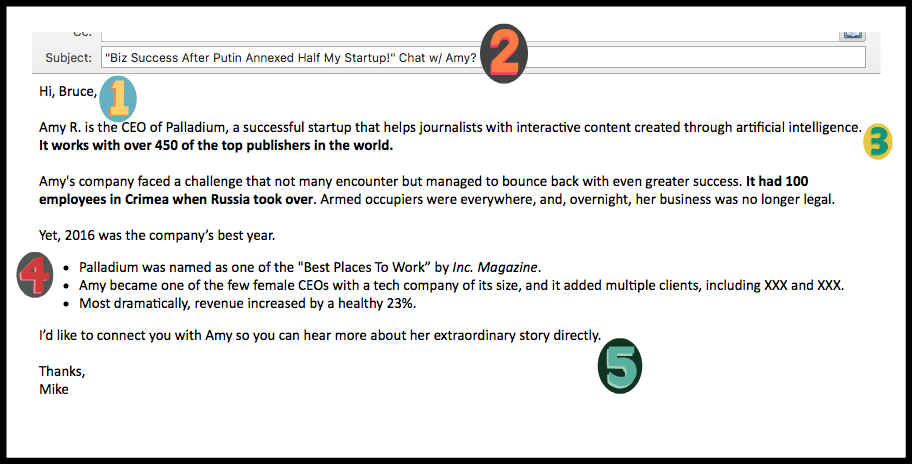A startup or early stage company that’s considering a public relations budget may be wondering what PR entails. While earned media visibility is the bread and butter of many PR campaigns, they can do far more for an organization. Any PR program that only includes media visibility is inadequate. While winning media coverage can yield immediate gratification, public relations represents a long-term commitment comprising many activities. The PR team or agency’s prime directive is to manage the reputation of the brand – and it does that from many angles.
8 things PR does beyond media pitching
PR strategy
The agency will take any company’s broad or vague notions about what it wants from a PR program and translate it into a clear, tailored strategy, which will inform a set of specific tactics. The PR team should develop this strategy based on the business goals of the organization, and in collaboration with other departments, like marketing and sales. See this earlier post to find out what the best PR strategies have in common.
Brand perception audit
All PR tactics serve to build, bolster, or reinvent a company’s brand reputation. A PR agency can conduct a brand perception audit to establish a baseline on which to build or change reputation. Based on the strengths and weaknesses of the brand’s current image, PR can structure a results-oriented program against clear objectives. The brand perception audit may provide key insight that informs the overall PR strategy.
Messaging
Before any team member sends out a pitch or drafts a byline, the PR team creates a plan for the brand’s messaging that is a foundation for its storytelling. The messaging will guide the team through every type of outreach. PR is fundamentally the art and science of telling the story of your brand, so the messaging should be evocative, concise, and most importantly, an authentic reflection of the company and its most compelling differentiators. For tips on perfecting your PR messaging, see our earlier post.
Content and more content
Having a PR team is like renting a team of seasoned writers, podcasters and video producers at the ready. PR people are some of the most versatile writers around, often ghosting bylines on behalf of client thought leaders and skilled at emulating an executive’s voice while baking in the right messaging. For more on writing stellar bylines, see our earlier post. While such content is meant to earn media coverage, PR pros also routinely create collateral for owned media like blog posts, white papers, social posts, and case studies.
Leadership events
Owned and operated business events like discussion panels are productive PR activations for building media and industry relationships, generating quality content, boosting thought leadership credibility, and yes – even earning media coverage. A great panel evening should have a provocative (non-promotional) topic, free food and cocktails, panelists from key media and influencers, and a plan for creating assets like video, bylines, blog posts, and white papers after the event. For a deeper dive on putting on stellar panels, see this earlier post.
Speaking opportunities
Industry conferences are vital venues for lead generation and networking, as well as for for building authority. PR teams can help brands’ executive spokespeople earn plum speaking gigs by pitching provocative topics that fit into event themes and the hottest conversations of the day. PR can also provide valuable support for both earned and sponsored event appearances, guiding media outreach and assisting with content. For PR tips on getting speaking engagements, see this earlier post.
Shepherding award entries
Here at Crenshaw, we have a PR specialist (who happens to be yours truly) dedicated to both conferences and industry awards. Industry award wins give our clients bragging rights and enhance credibility with a third-party endorsement that comes from besting the competition. The PR team helps identify relevant, worthwhile award targets year-round, and helps compose the entry essays — an art onto themselves. Award entries are expensive, time consuming, and challenging, so check out these tips for winning in our earlier post.
Media training
Inexperienced executives shouldn’t commit to a media interview or TV appearance without media prep. Even with deep expertise, executives can stumble on a thought or miss opportunities to deliver the right messaging. PR can train executive spokepeople to avoid the myriad of possible mistakes that can happen when facing the press. Media training can prepare spokespeople for challenging reporters, show them how to be relaxed and natural, help develop key phrases, and control the direction of the interview.







